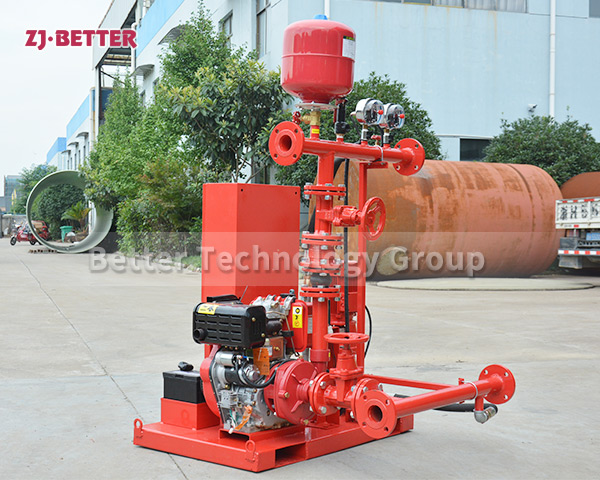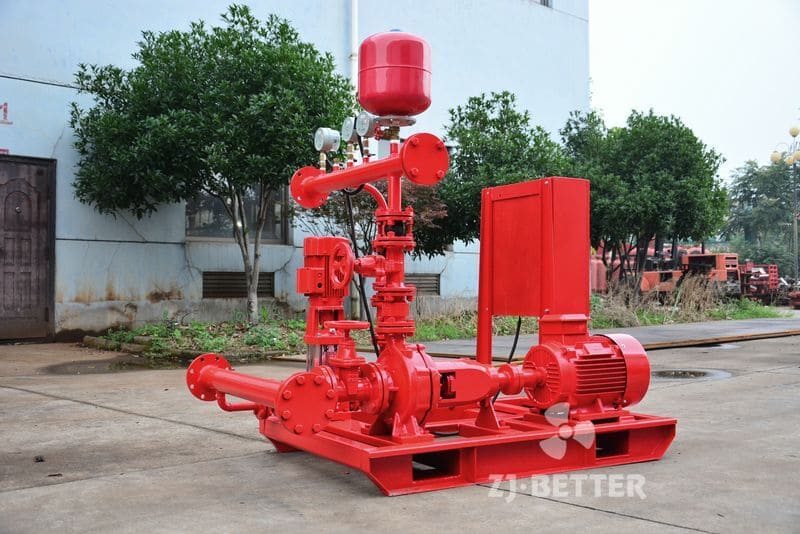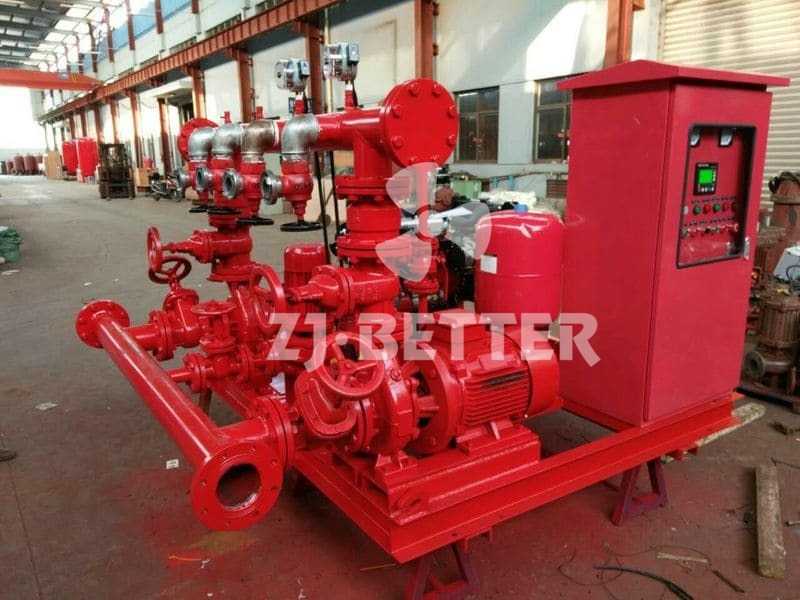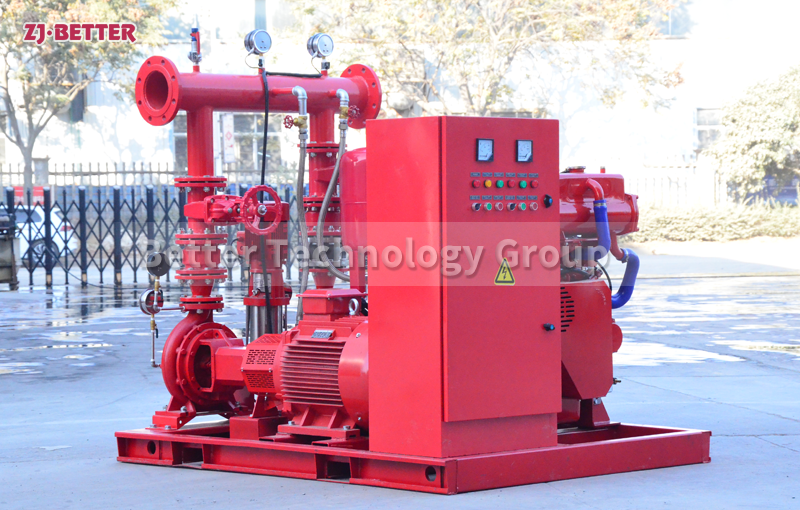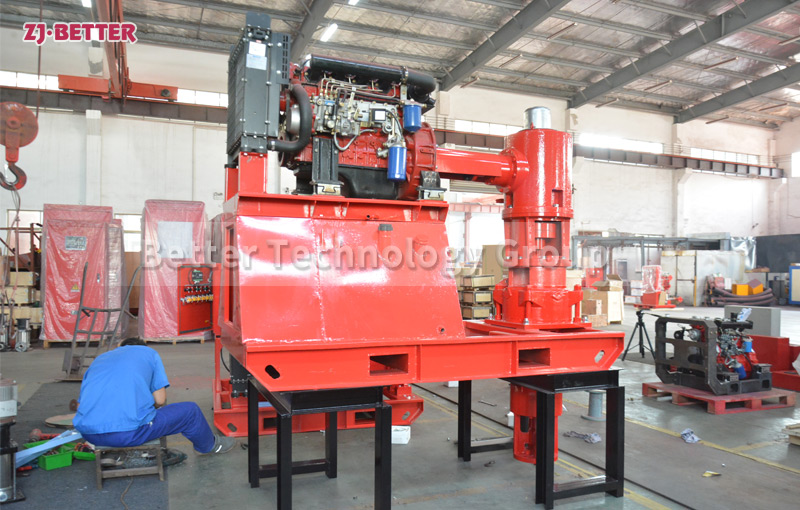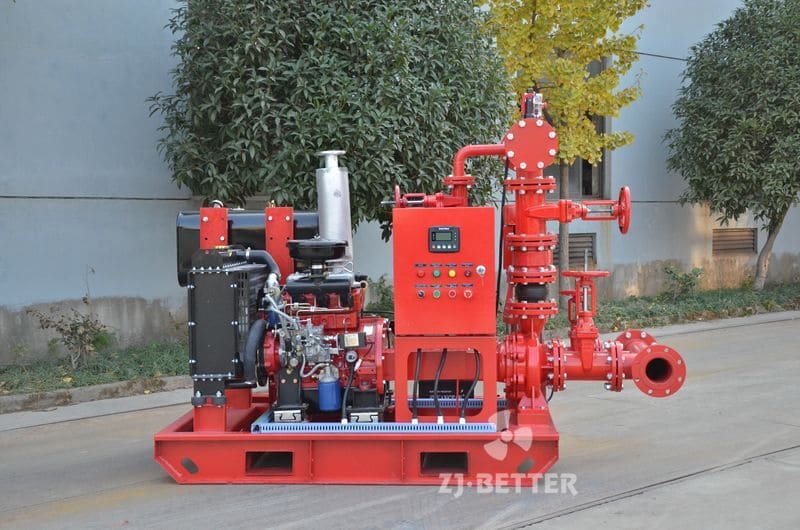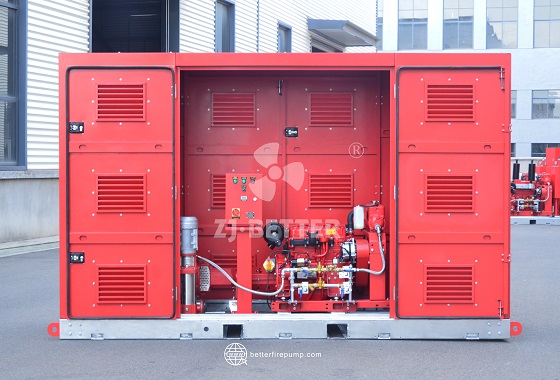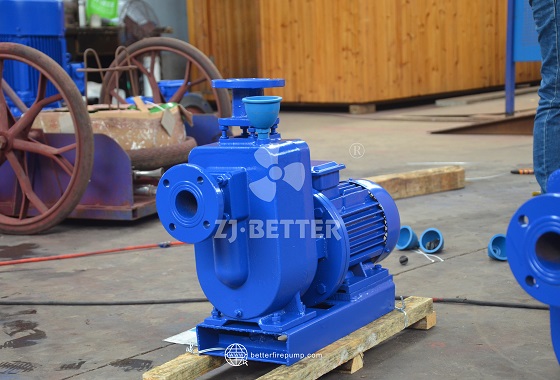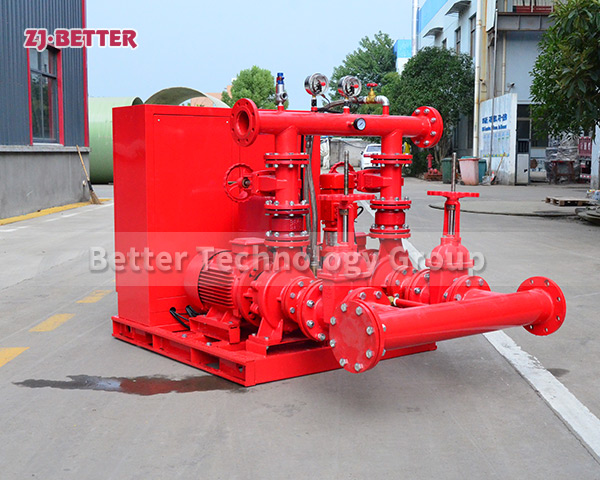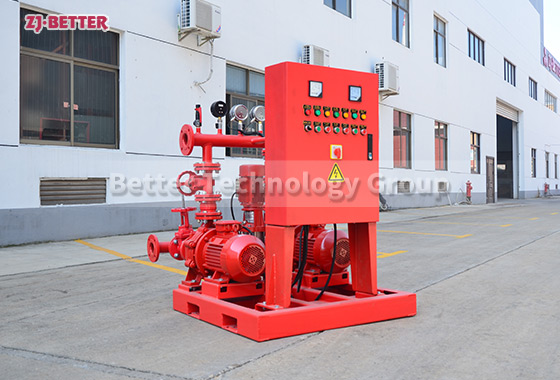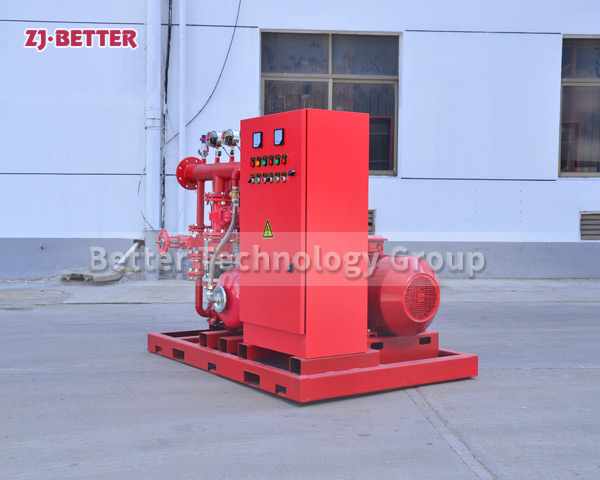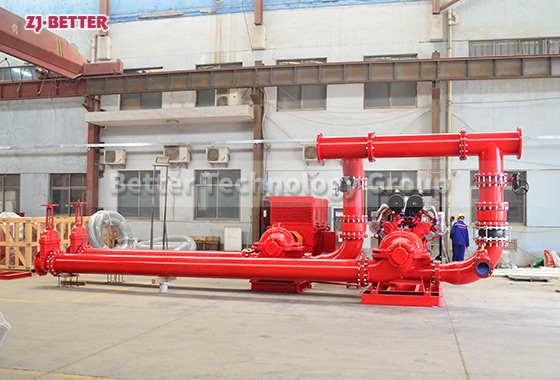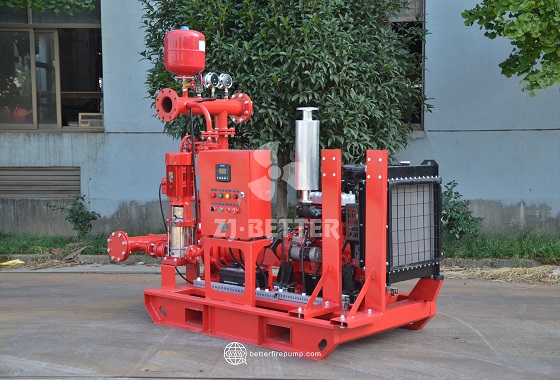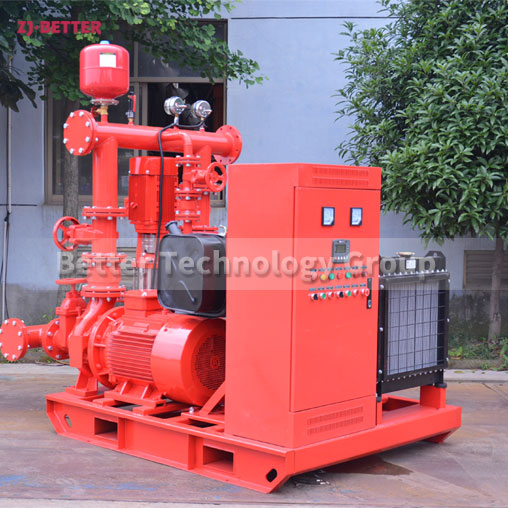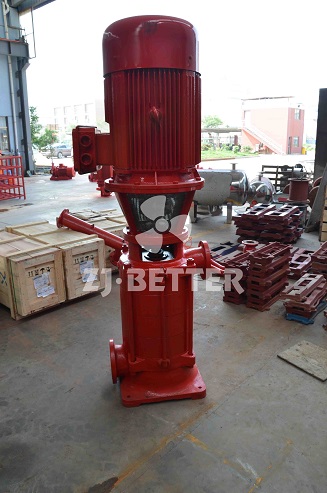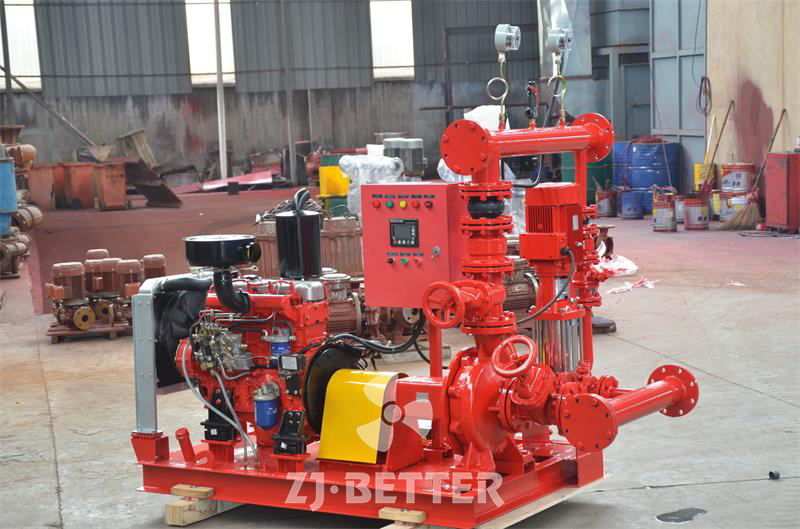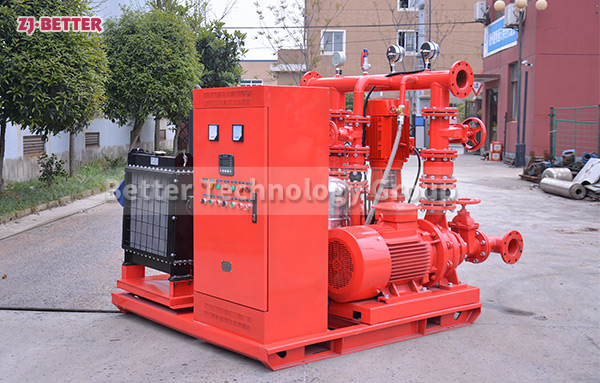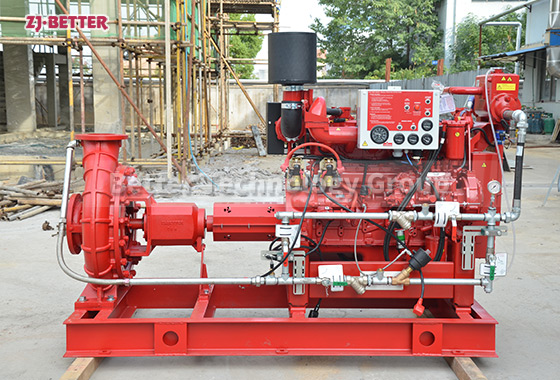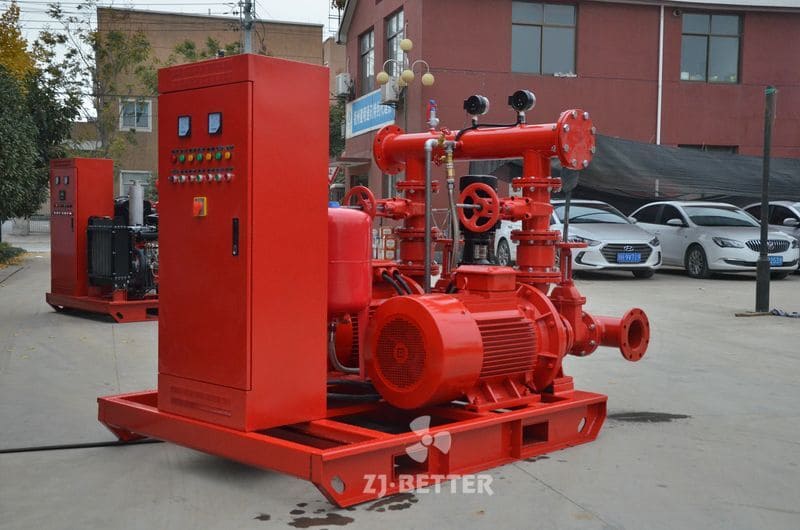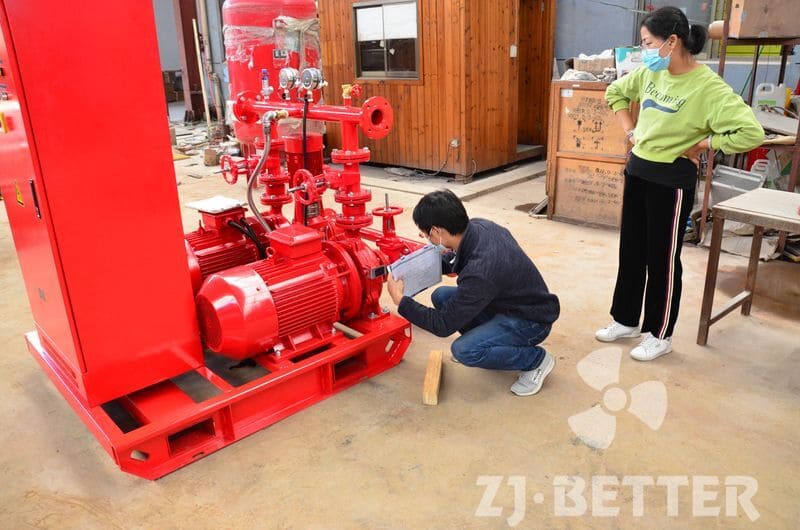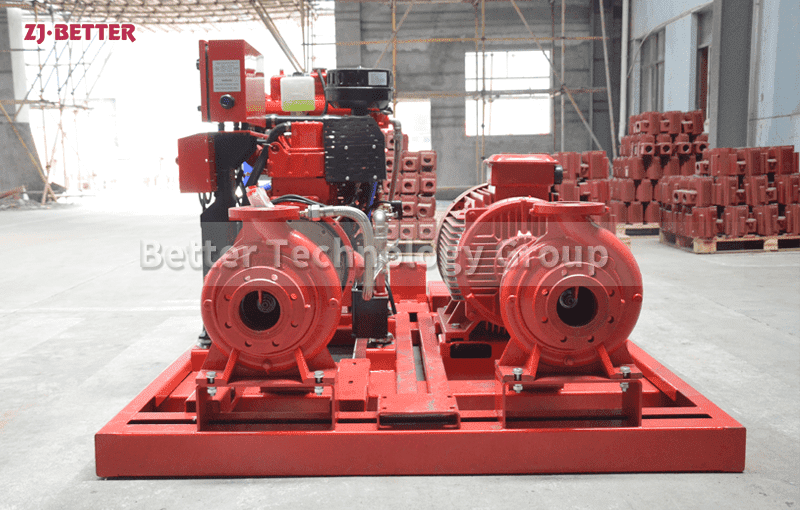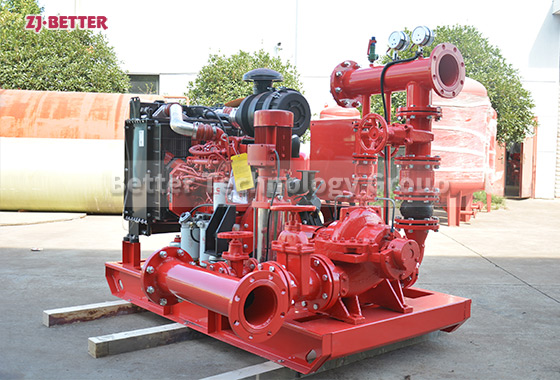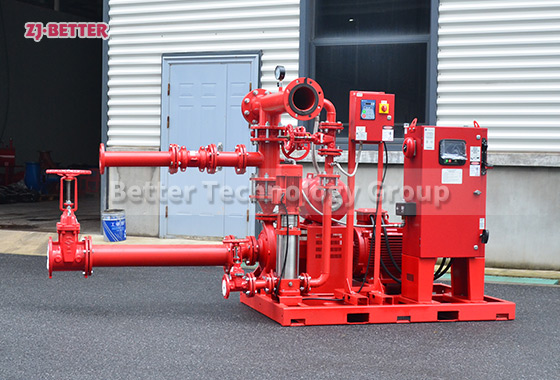Diesel engine fire pump Diesel engine fire pump Fire water supply for various occasions
Diesel engine fire pumps are often used for emergency water supply in high-rise buildings, water companies, steel plants, wineries, chemical plants, hotels, hospitals, and other large-scale projects. Diesel engine fire pump is suitable for unattended emergency water supply system. The product has the characteristics of advanced technology, high degree of automation, superior performance, complete protection functions, reasonable structure, simple installation, and high cost performance. net pressure. Diesel engine fire pumps are selected according to different working conditions: single-stage single-suction centrifugal pumps, high-pressure multi-stage pumps, double-suction split pumps, etc.
Diesel engine fire pumps are aimed at fire-fighting water supply for large-flow, high-lift occasions, and the diesel engine has good starting characteristics, fast starting speed, strong overload capacity, energy saving and does not need to be on standby all the time. The fire pump has complete performance and wide spectrum range. Single-stage single-suction pumps, multi-stage single-suction pumps, self-priming pumps and long-axis pumps can also be used in parallel and combined, with wide flow and pressure ranges. Fire pumps are widely used for fire water supply in warehouses, docks, airports, petrochemical, power plants and other industrial and mining enterprises.

